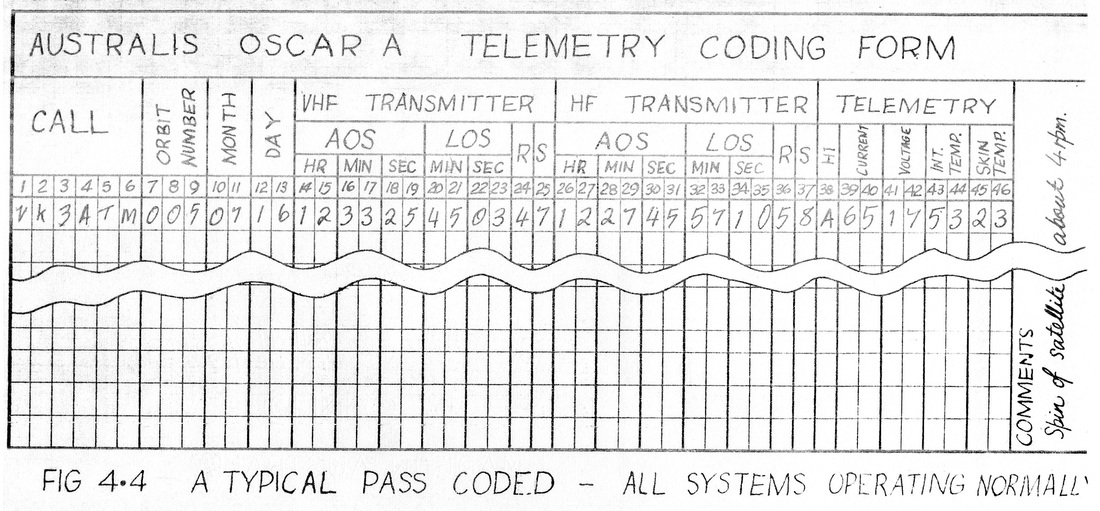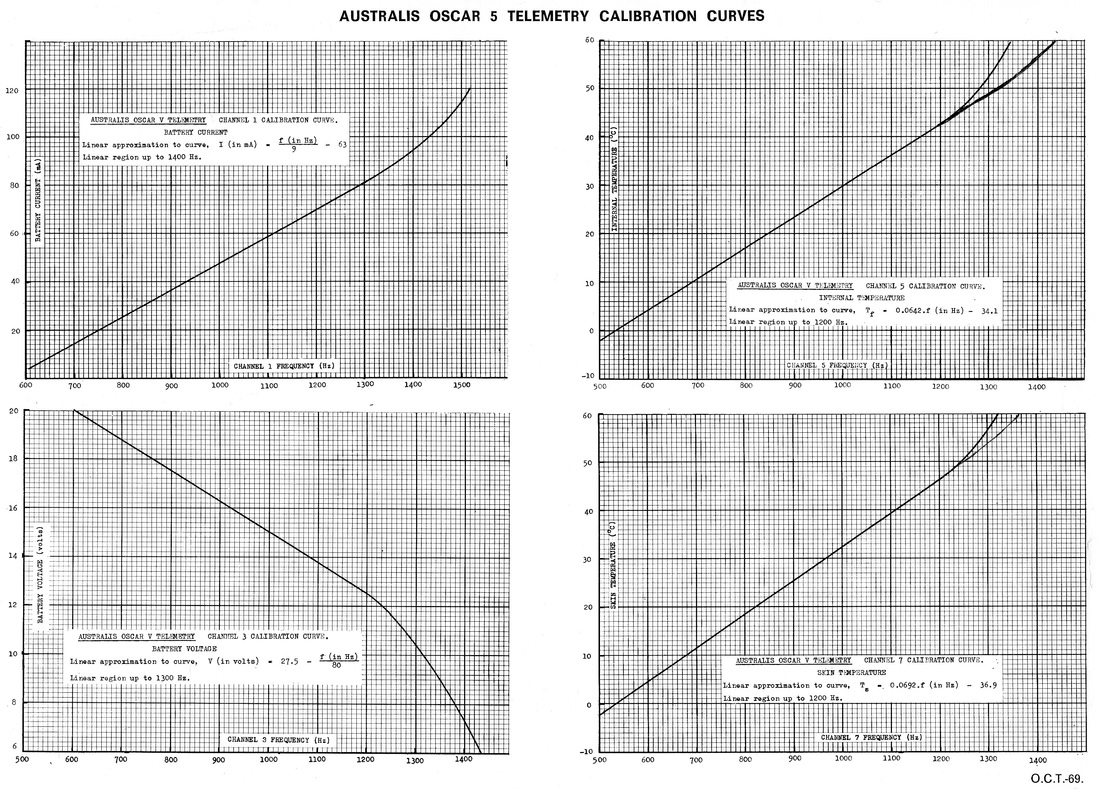|
,AO5 was an amateur radio satellite and we wanted amateur radio operators to participate in receiving signals from the satellite and decoding the information from the signals. The information would only be useful if we collected that data and so we created a group of three "Regional Directors" matching the regions of the International Telecommunications Union, that is North and South America, Asia and Australia, and Europe and Africa.
The Directors then set up, and were responsible for, a network of Local Coordinators within their Region. The Coordinators worked with amateurs within their local area. The responsibilities of Directors and Coordinators were to disseminate information, including Standard Orbits, to collect reception data from amateurs for forwarding to AO5 for analysis, to assist amateurs within their area and to publicise the project in the local press. The purpose of this last responsibility was to smooth the way for future amateur radio space projects. The Users' Guide gave guidance on suitable antennas, receivers and telemetry decoding equipment and methods. Calibration graphs for each of the temperature and battery telemetry channels were provided in the Users' Guide and separately on a single page. Each amateur was asked to record information on each pass of AO5 on a Telemetry Coding Form, opposite, and to forward it to their Local Coordinator and on to AO5 project for collating and analysis. |


